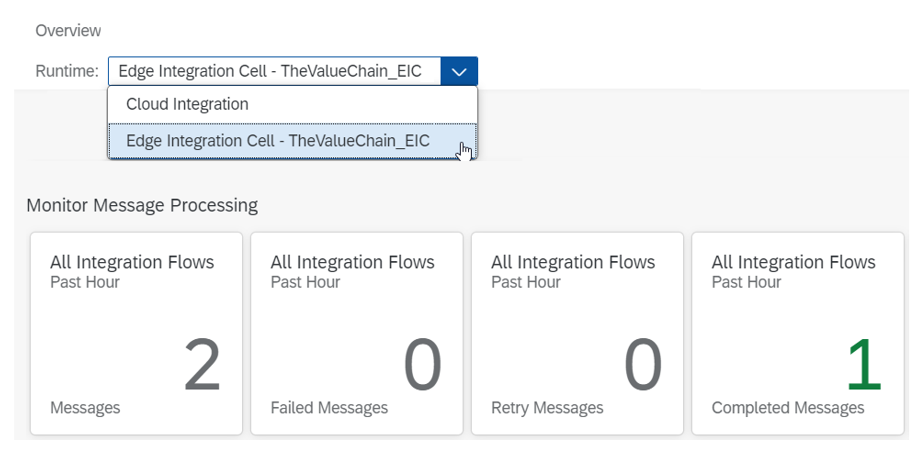
2023-10-31 02:43:0 Author: blogs.sap.com(查看原文) 阅读量:8 收藏
For a long time, SAP talked about the Neuron Edge or the Hybrid Integration Runtime. But when you read this, SAP officially launched the brand new Edge Integration Cell, EIC in short. Just today!
Let me introduce you to SAP’s next-generation, lightweight Integration Technology powering multi-cloud, hybrid and pervasive deployments. Read all about it in this blog and watch out for more blogs, taking you on a deep dive into this new technology.
Let’s start with the very beginning explaining what the EIC is all about, how it can help you and what the typical use cases are. Because a picture is worth a thousand words, let me give you the architecture:

EIC is an optional extension of SAP Integration Suite that comes with a hybrid deployment model. It enables you to
- Design your integration content in the cloud
- Deploy and run your integration content in an on-premise environment (bypassing traffic through the cloud)
Running an integration scenario in an on-premise environment is also referred to as ground-to-ground integration.
As you can see, the EIC is piece of software that runs on-premise, but is obviously linked to your Integration Suite tenant. That brings me to the first use case: a migration path for SAP Process Integration customers. SAP Process Integration is used by many customers for ground-to-ground integration scenarios. EIC allows these customers to benefit from the newest innovations that come with SAP Integration Suite, with the option to deploy and run their scenarios exclusively in their on-premise environment.
A second use case is obviously security or compliance. In many enterprises, sensitive data must be managed and controlled inside the enterprise’s firewall. Managing sensitive data in, or passing it through, the cloud can imply a security risk that is too high for these enterprises. In addition, there are also legal and technical reasons, for example that certain adapters or protocols can’t be exposed in the cloud.
Besides facilitating a migration from SAP PO and the security of sensitive data, the EIC is also an on-premise API Gateway and will accommodate an event bridge to SAP Event Mesh or non-SAP event brokers. But more of that in a later phase.
Looking at the EIC from an technical Integration Suite perspective, you can observe 2 different runtimes where an integration flow can be deployed.

From a monitoring perspective, obviously, you can do the same.

If you now think more globally, you will understand how easy it is to facilitate ground-to-ground integration around the world, having multiple EIC instances running in a distributed approach. Stepping away from a central ESB. The future is now!
Now you know a bit more about the EIC, let’s take a deep dive, featuring these blogs (links will be updated in the coming days!)
- Edge Integration Cell – look and feel
- Edge Integration Cell – setup highlights
Stay tuned!
如有侵权请联系:admin#unsafe.sh